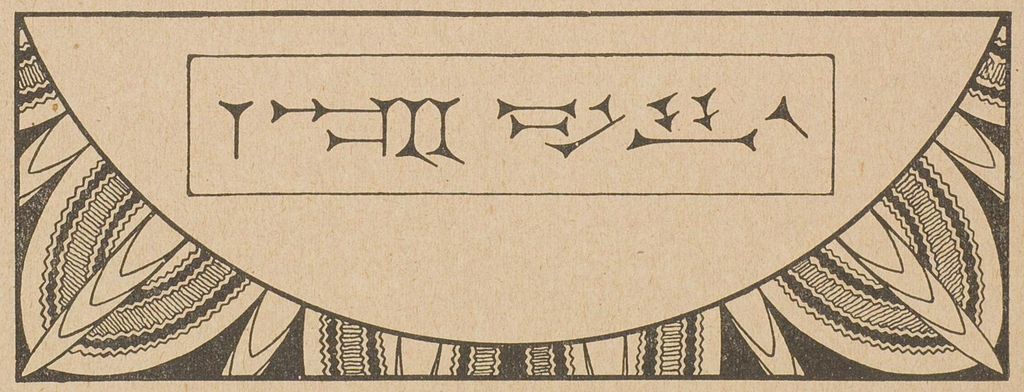Human beings receive tactile, thermal, visual, acoustic, taste, and emotional stimuli from the environment, while society conveys its requirements, prohibitions, appeals, and preferences. Consider all of these inputs “primary information”. An adult with sufficient experience in using language as an inventory of object designations, action descriptions, and definitions of feelings and emotions can compose a linguistic expression that will convey the current sensation accurately enough. If this expression is verbalized and there are people around who can hear and understand the language used, they can take in the communicated data. Speech is produced by modulating the flow of air from the lungs; speech organs act as transmitters of these vibrations. The listener’s ear is the receiver of this data, and the conversion of sound into meaningful messages (perception) happens in the listener’s brain.
The perception of a certain phenomenon that has not yet been verbally expressed but exists as a complex of emotional associations, impressions, desires, or actions is information. A human attempt to formalize this perception – that is to put it in words, write it down, or preserve it – turns this information into data, something that can be handed over or transferred. Written, print, or recorded words; hieroglyphs; pictograms; cuneiform characters on clay tablets; braille dots raised on paper; images on cave walls. All of these are attempts to save information on some medium, but what for?

The image is in the public domain
Human memory is imperfect; people tend to forget things. Moreover, human beings do not live forever, and their knowledge can evaporate with them. Inanimate matter, however, may be more robust and last longer than humans. That is why, to save information, early people invented writing and recorded it on sustainable material: stone, clay, parchment, and paper. We now call this material, whose properties change depending on the information it carries, medium or plural, media. The type of recorded data is subject to the content of the information package, the set of language elements used, the way of altering the physical properties of the media, the equipment used for the recording and reading of the code table, data compression methods, optimization types, etc. (Next page)

